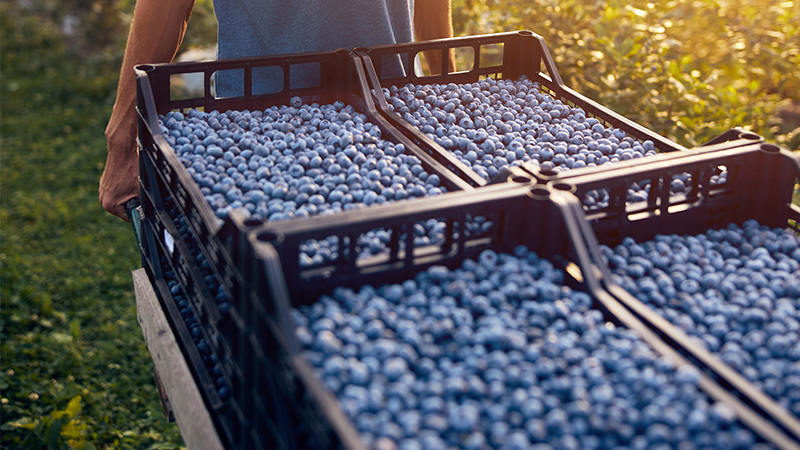Sustainable Ag: Incorporating Strategy Into Day-To-Day Business
SINCE the early 1990s, the high-tech sector has had a relentless focus on improving performance that, as consumers, we experience as “better, faster, and cheaper” cell phones, TVs, computers, etc. The competitive environment for consumer goods is fierce, which has required clear and compelling strategies to be successful as your competitors’ offerings this year are better, faster, and cheaper than last year. Supporting these strategies is the concept: “what you measure is what you manage.”
Measurement tied to improving performance is at the heart of strategic approaches first popularized in the business community as Total Quality Management in the 1980s followed by approaches including Six Sigma, Business Process Reengineering to Business Process Redesign. Today, it would be near impossible to find a successful manufacturing company that does not have “measure and manage” baked into their corporate DNA.
Determine Measurements
Of course the key question is “what to measure?” This question is as important to growers as it is to manufacturers of cell phones. A good starting point is looking at the cost of goods sold to measure and manage for inputs, equipment, labor, capital costs, etc. to reduce costs. A next look may focus on the revenue generating aspects of the profit and loss statement, such as measuring productivity and quality. Then there are aspects like do we have the right mix of customers, what are our risk management practices, how do we manage our company reputation, etc.? Pretty soon it becomes clear that what questions to ask are a matter of a company’s core strategy.
In today’s business, public policy, and media environment, strategies that begin with profitability and extend into environmental and social performance — sustainability strategies — position companies to excel. Global retail and foodservice companies have already incorporated sustainability into their core strategies as evidenced by recent announcements by Walmart, Tesco, Sodexo, Compass Group, Aramark, etc. At SureHarvest, we interpret these trends by large retailer and foodservice buyers as more than another compliance hurdle you need to jump. Sustainability is an opportunity for achieving long-term business viability through building strategic core competence to compete in today’s world.
The 5 “P”s Of Sustainability
A strategic approach for incorporating sustainability into the day-to-day business operations is based on the performance-improving strategic frameworks like Six Sigma and Business Process Redesign and includes the following five areas: Principles, Processes, Practices, Performance and Progress.
Sustainability begins with getting clear about your principles. What are your economic, environmental and social goals? Your principles are your compass to navigate the competitive environment.
Are your processes — such as irrigation, nutrient management, pest management, soil management, harvesting, packing, processing, sales, and transportation programs — operating as efficiently and effectively as possible? Are they aligned with your principles? Can new technologies or operating procedures be changed to optimize inputs, increase productivity, reduce waste, etc.? To answer these questions will require a more detailed assessment of the specific practices within each management area. How do your practices compare to industry benchmarks?
The fourth P, performance, is all about getting the measures in place to manage for excellence. This requires relevant metrics focused on outcomes to evaluate if you are achieving your stated principles executed through your business processes made up of specific practices. Outcome-based measurements provide hard evidence to evaluate your business strategy.
In our experience, we often find that companies focus on measuring things that get done, such as if an irrigation or fertility practice was completed, rather than on measuring water use efficiency or nutrient use efficiency (right nutrients at the right time at the right rates). This shift from measuring practices to measuring performance can transform companies by driving innovation toward outcomes like resource use efficiency, increased worker productivity, improved quality, etc.
The last P is progress through the discipline of evaluation, planning, and implementing action plans to making continuous improvements in your farming business. This last step is what turns a strategic approach into a boots on the ground operational success.








